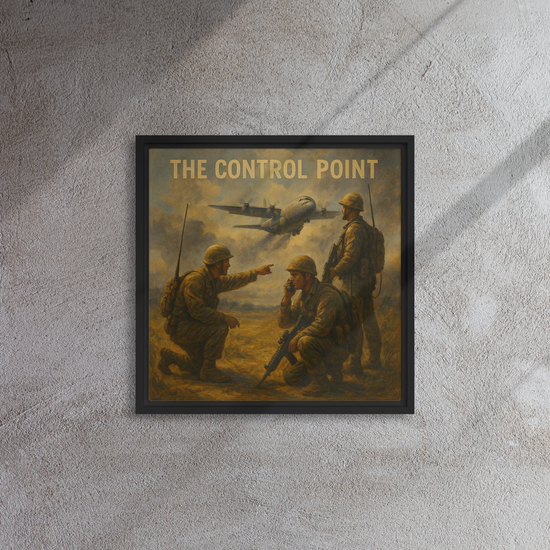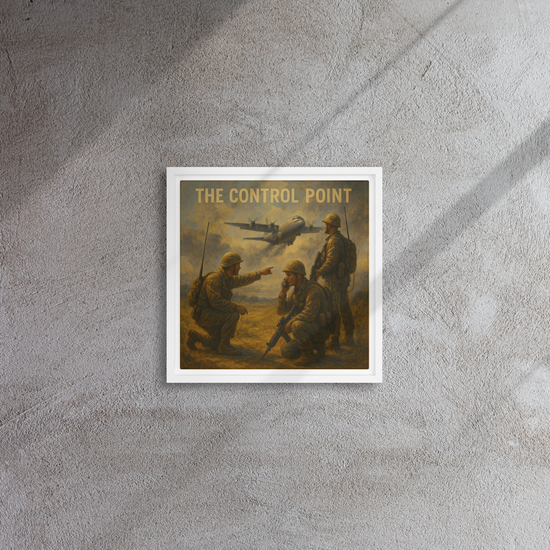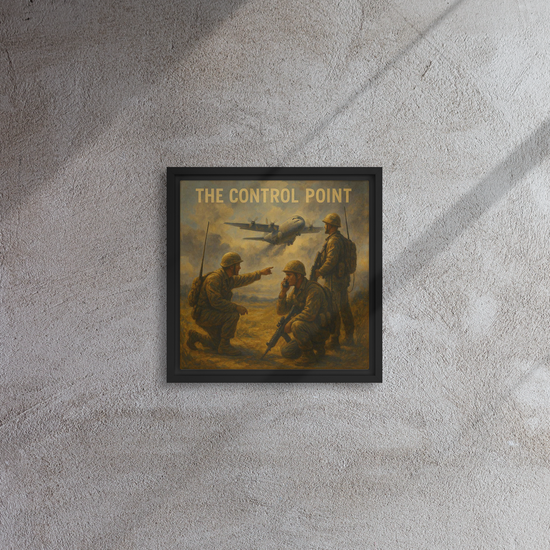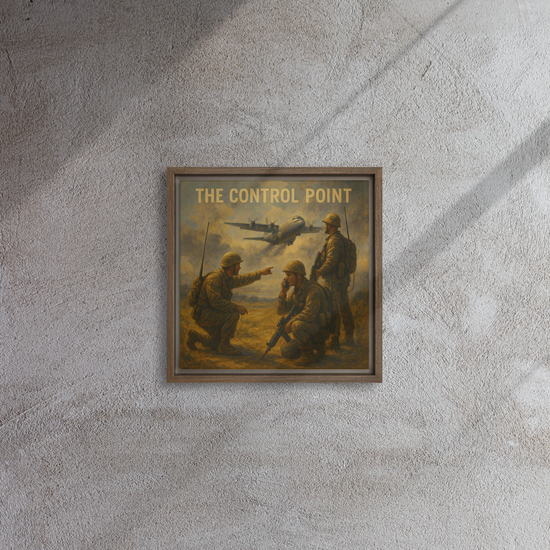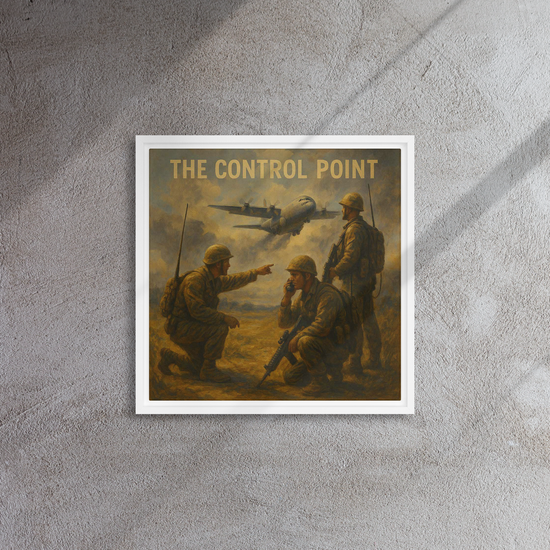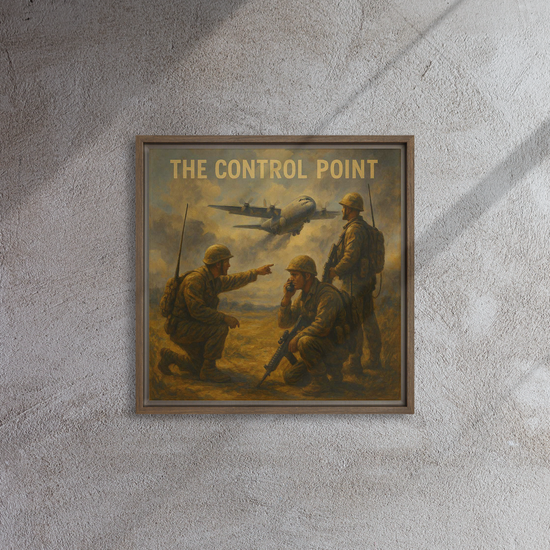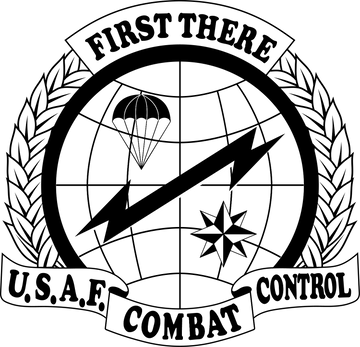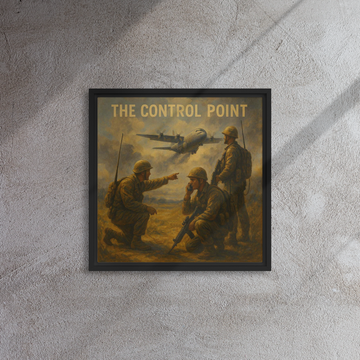

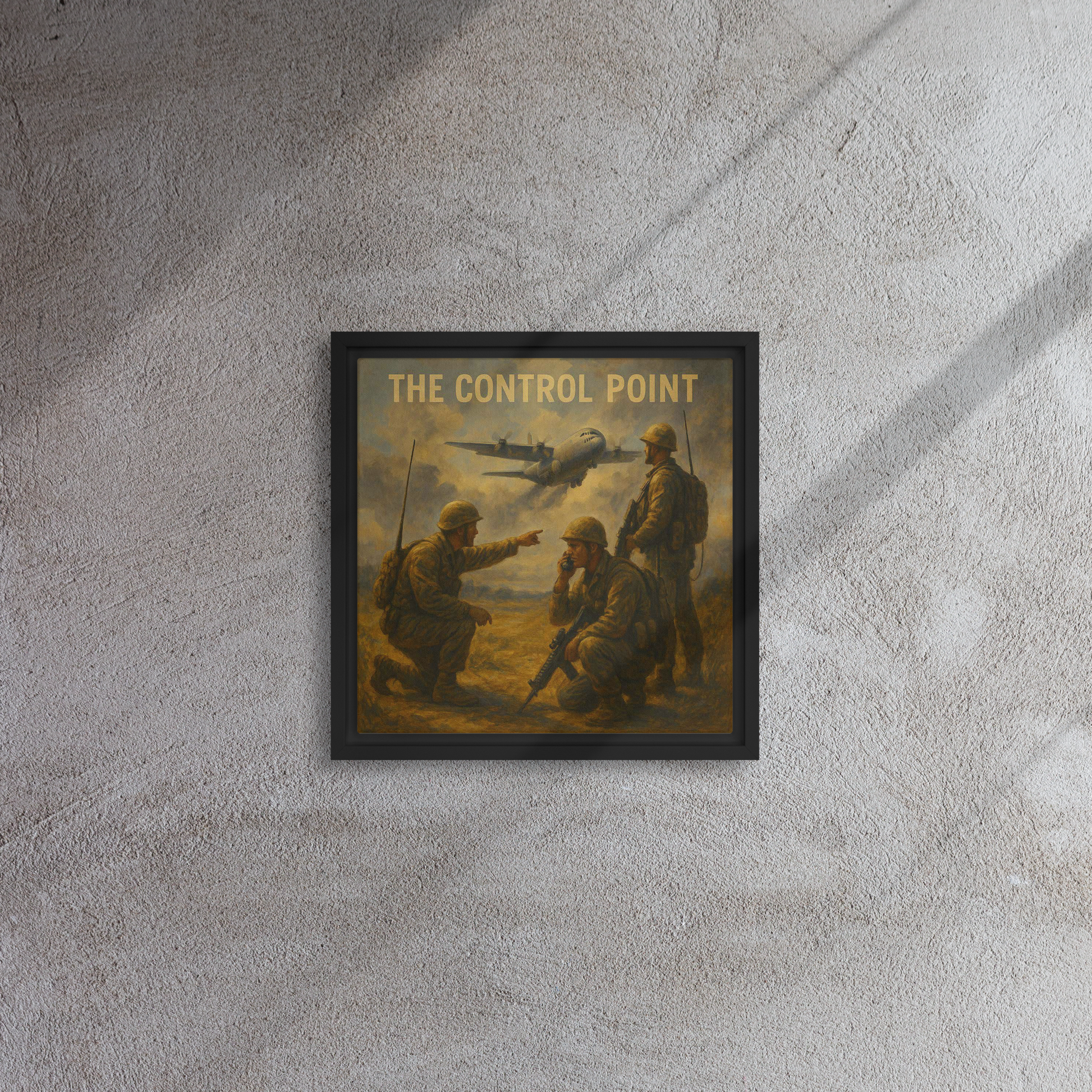
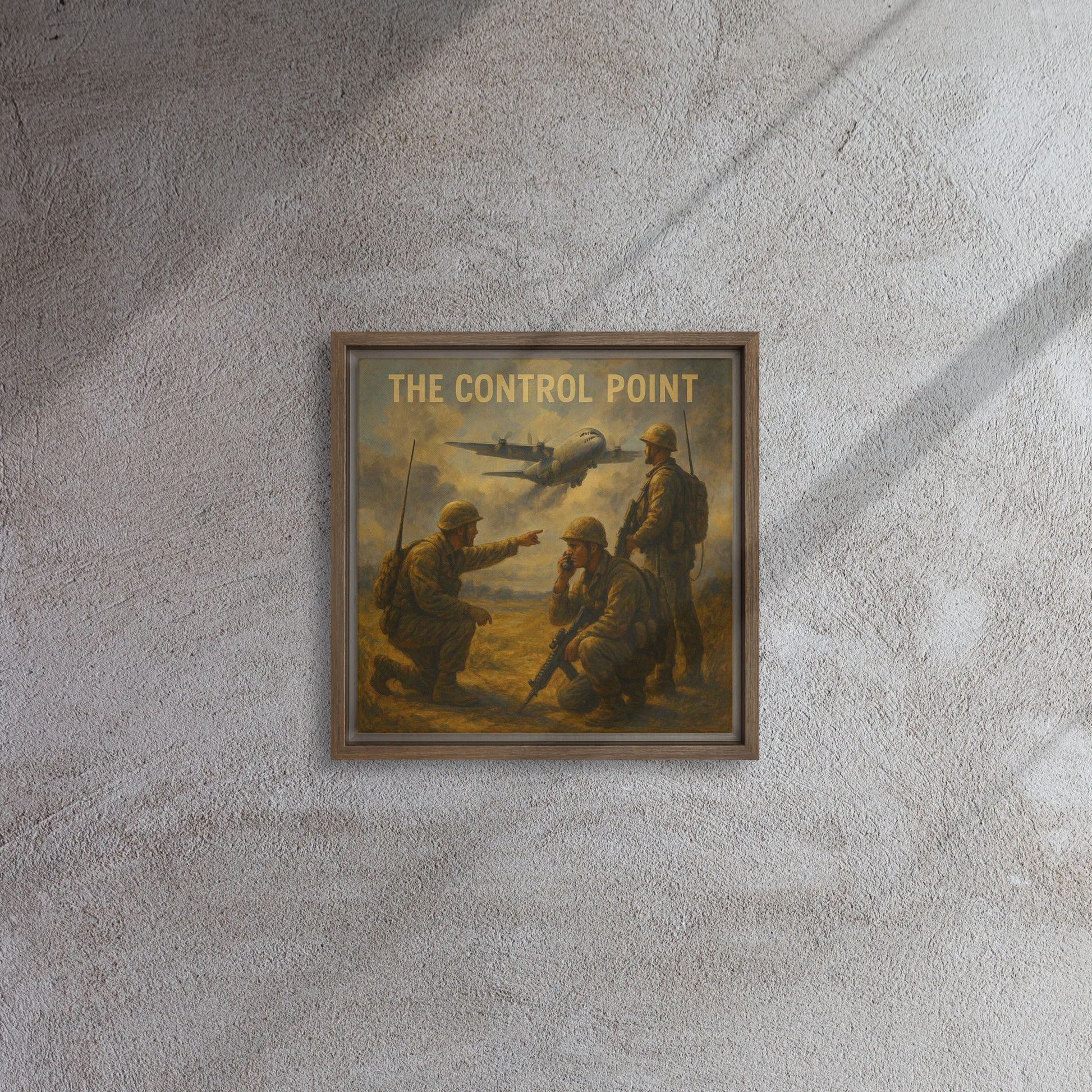
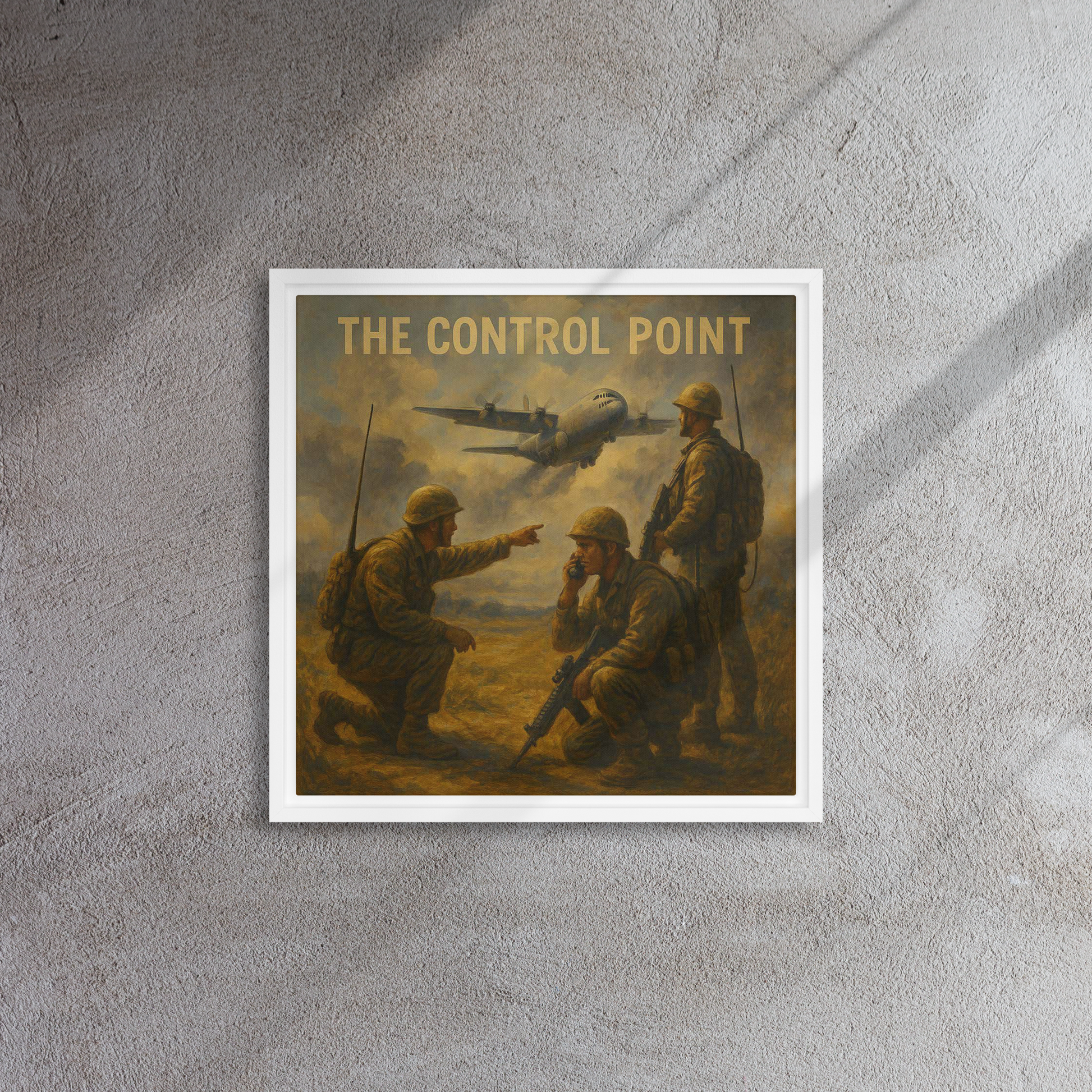
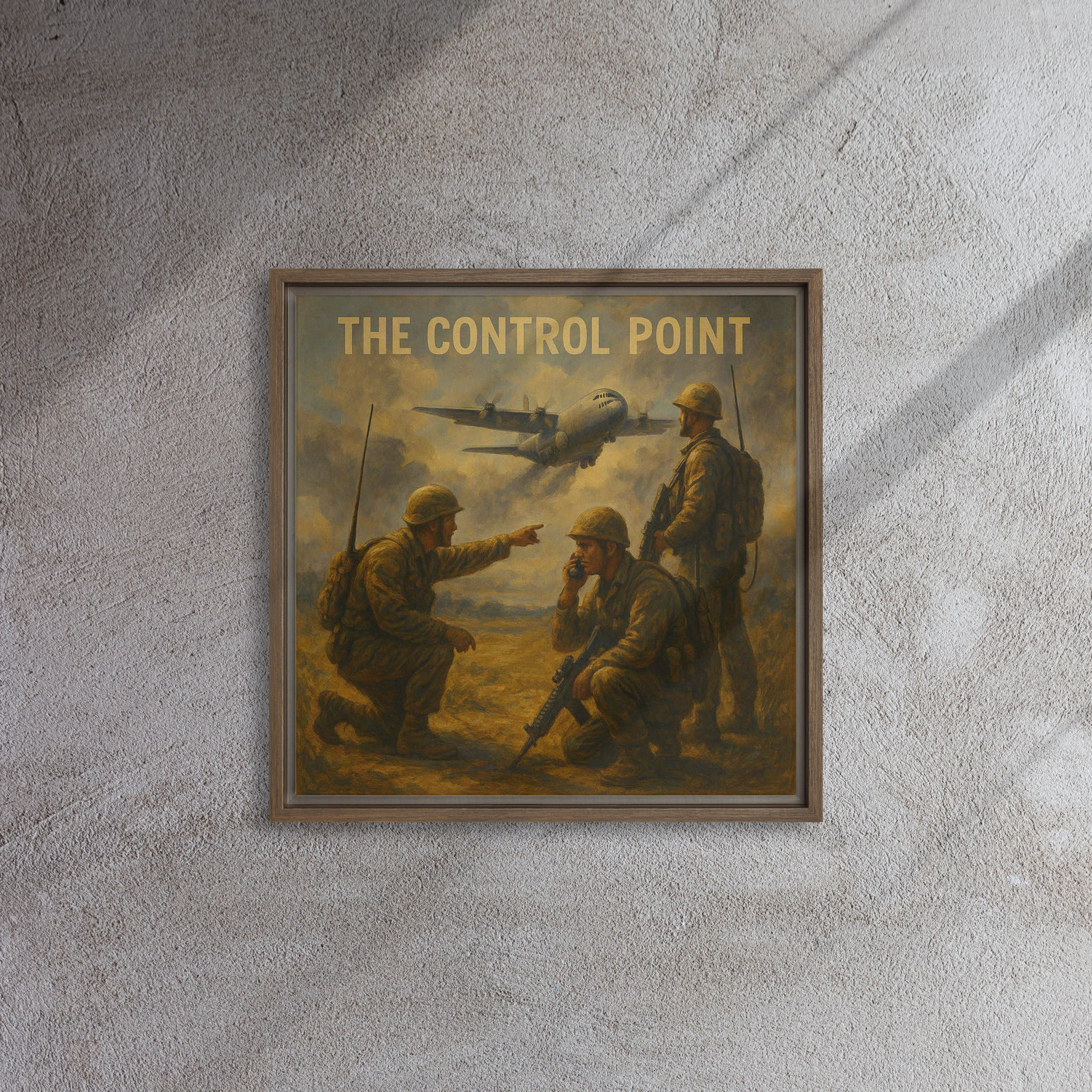
The Control Point
-
Free Shipping for orders $50+
Money back within 30 days for an exchange.
It’s a nod to those who carried more than gear. They carried the weight of the mission, and in many cases, the success of the United States.
STS, Inc. is bringing back the old-school designs that meant something. Trademarked and unapologetic.
• Pine tree frame
• Frame thickness: 1.25″ (3.18 cm)
• Canvas fabric weight: 10.15 +/- 0.74 oz/yd² (344 g/m² +/- 25g/m²)
• Open back
• Comes with rubber pads on the back corners
• Hanging hardware attached
• Sourced from the US
Disclaimers:
- The framed canvases with brown and black frames have a black inside around the canvas, and the canvases with white frames have a white inside around the canvas.
- This product isn’t intended for sanding or cutting—it creates airborne dust that might cause lung irritation.
This product is made especially for you as soon as you place an order, which is why it takes us a bit longer to deliver it to you. Making products on demand instead of in bulk helps reduce overproduction, so thank you for making thoughtful purchasing decisions!
CCT History
Combat Control Teams (CCT) were established in 1953 to provide air traffic control and command-and-control capabilities in support of U.S. and allied special operations. Evolving from WWII pathfinders and glider operations, CCTs became essential for establishing drop zones, landing zones, and assault strips in denied or austere environments. Over the decades, they’ve deployed alongside every U.S. SOF element, enabling precision airpower in conflicts from Southeast Asia to the Middle East. CCTs are uniquely qualified as FAA-certified air traffic controllers and hold a wide array of advanced skills: they are certified Joint Terminal Attack Controllers (JTACs), combat divers, static-line and military free-fall parachutists (HALO/HAHO), qualified in demolitions, small unit tactics, survival/evasion/resistance/escape (SERE), communications, fire support coordination, and reconnaissance. Their ability to integrate air and ground operations under extreme conditions makes them one of the most versatile and mission-critical assets in U.S. special operations.
